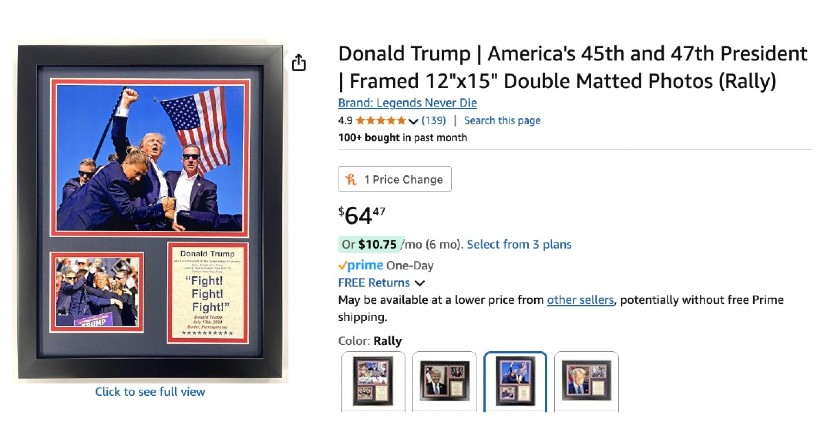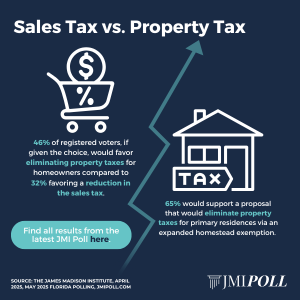By Steve Beaman
In August 1979, BusinessWeek published a cover story that declared “The Death of Equities.” The headline captured the sentiment of the malaise endured during the 1970’s. After a decade of inflation, stagnant growth, and rising interest rates, the Dow had gone nowhere in nominal terms—and backward in real ones. Americans were turning to bonds, real estate, and hard assets. The stock market, it seemed, was no longer a reliable place to build wealth.
History, of course, had other plans. The article appeared just a few years before the dawn of a record-setting bull market, fueled by falling rates, globalization, and technological innovation.
Today, it’s worth asking whether the underlying conditions that justified that headline are returning. And if so, how investors should respond.
Equity Valuations Are Historically High
The U.S. stock market is expensive by almost any long-term metric. The Shiller P/E ratio, or cyclically adjusted price-to-earnings (CAPE) ratio, currently sits near 32, roughly double its historical average of 16. That level has exceeded only three times: in 1929, 2000, and briefly in 2021. All three preceded extended periods of either sharp correction or flat returns.
Unlike the 2010s, when interest rates hovered near zero and liquidity was abundant, today’s environment presents a different calculus for capital allocation.
Interest Rates Have Reentered the Conversation
For more than a decade, investors operated under the assumption that there was no alternative to equities. Known as TINA, “There Is No Alternative”—the theory held true in a world where Treasurys yielded less than inflation and money was effectively free.
That era is over. The 10-year Treasury yield now exceeds 4%, and real yields are positive. For the first time in years, bonds are providing meaningful, low risk returns. As a result, the equity risk premium is narrowing, and investors are reconsidering how much they’re willing to pay for future earnings—especially long-duration growth stocks.
This alone suggests we could enter a period of valuation compression.
Inflation Is Less Transitory Than Advertised
While today’s inflation doesn’t mirror the oil shocks and wage spirals of the 1970s, it remains persistent. The underlying drivers—tight labor markets, deglobalization, and geopolitical instability—are structural, not cyclical. Core services inflation and shelter costs are proving difficult to contain.
The Federal Reserve has made it clear: the commitment to restoring price stability is real. That likely means higher-for-longer interest rates. And that, in turn, challenges the premium valuations that equity investors have come to expect.
Globalization Is Giving Way to Strategic Fragmentation
Since the fall of the Berlin Wall, global markets have benefited from a relatively stable U.S.-led economic order. That world is fading. The rise of China, the expansion of BRICS, and the weaponization of trade are pushing capital flows into a multipolar model. “Made in America” is back. So is “Made in China”—with fewer cross-border entanglements.
As global trade realigns, supply chains shorten, and capital becomes more regional, the advantages that once made U.S. equities a global magnet may diminish. This is not a sudden unraveling, but a slow tectonic shift. It affects margins, valuations, and ultimately portfolio allocations.
A New Asset Class Is Emerging
Investors in the 1970s turned to gold. Today, they’re exploring tokenized assets.
Tokenization—the process of digitizing real-world assets on blockchain infrastructure—introduces a fundamentally new kind of financial instrument. These assets are fractional, programmable, and accessible. They range from real estate and carbon credits to intellectual property and decentralized finance platforms.
While still early, the rise of tokenized markets suggests that the investment universe is expanding—creating more competition for capital traditionally parked in stocks.
What Comes Next
None of this means equities are doomed. But it does mean the assumptions that underpinned the past decade—low rates, low inflation, high globalization, and a lack of alternatives—no longer apply.
Like the 1970s, we may be entering a valuation regime marked by lower multiples, choppier returns, and greater macro sensitivity. Passive investing may lose some of its luster. Stock picking, dividends, and risk management may matter again.
Equities aren’t dying. But the way we value them—and the role they play in diversified portfolios—is changing.
Investors Must Adapt
Just as Volcker’s reforms gave rise to a new market era in the 1980s, today’s pressures may reset expectations and create opportunities for those willing to reexamine long-held assumptions. That could mean rotating into shorter-duration assets, considering real-return instruments, or exploring emerging platforms that reflect new models of value. Markets evolve. They always have. And those who adapt, rather than resist, are usually the ones who thrive in the long run.





















